Electronics
Building O26, Level 1
Management:
Reinhard Liske
phone: +49 731 50-21700
Deputy:
Manfred Kley
phone: +49 731 50-21714
ServicePoint / Warehouse:
Dominik Gaeta
phone: +49 731 50-21713
On this page you will find a selection of electronic projects.
For psychological studies, the stimulus conduction is to be measured. For this purpose, the nerves on the fingers are stimulated by means of a vibration motor. On the "other side", brain waves are then measured at the head.
Therefore, the start-up times of the vibration motors were investigated in preliminary tests. In addition, alternative actuators (e.g. piezo actuators) were investigated for their suitability.
A special computer program outputs appropriate pulses to the finger actuators. It was important for the setup to keep the latency times short and reproducible, since the stimulus conduction in the nerves is in the ms range.
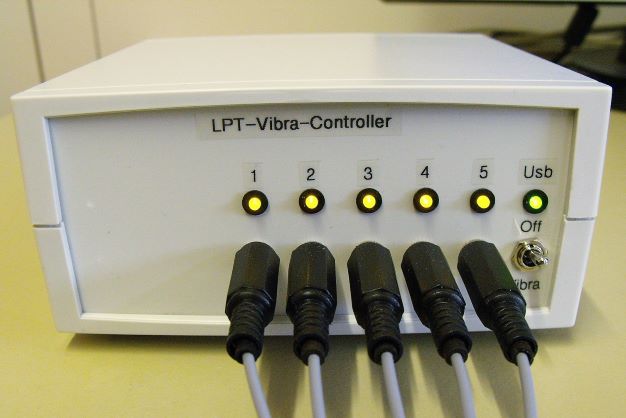
In cooperation with other departments/institutes, the Botanical Garden and the ZaWiW, we are working on the task of networking "flower tubs". LoRa technology is used for this purpose. The measured sensor data (temperature, humidity, filling level...) are stored openly and can be visualized e.g. via this link (Sense Box).
Interesting about this is the article in UniIntern (Oct.2019, page 27).
More info and the results of the first year at
pflanzenoekologie.forschendes-lernen.de/trockenstressprojekt-2021-ergebnisse/
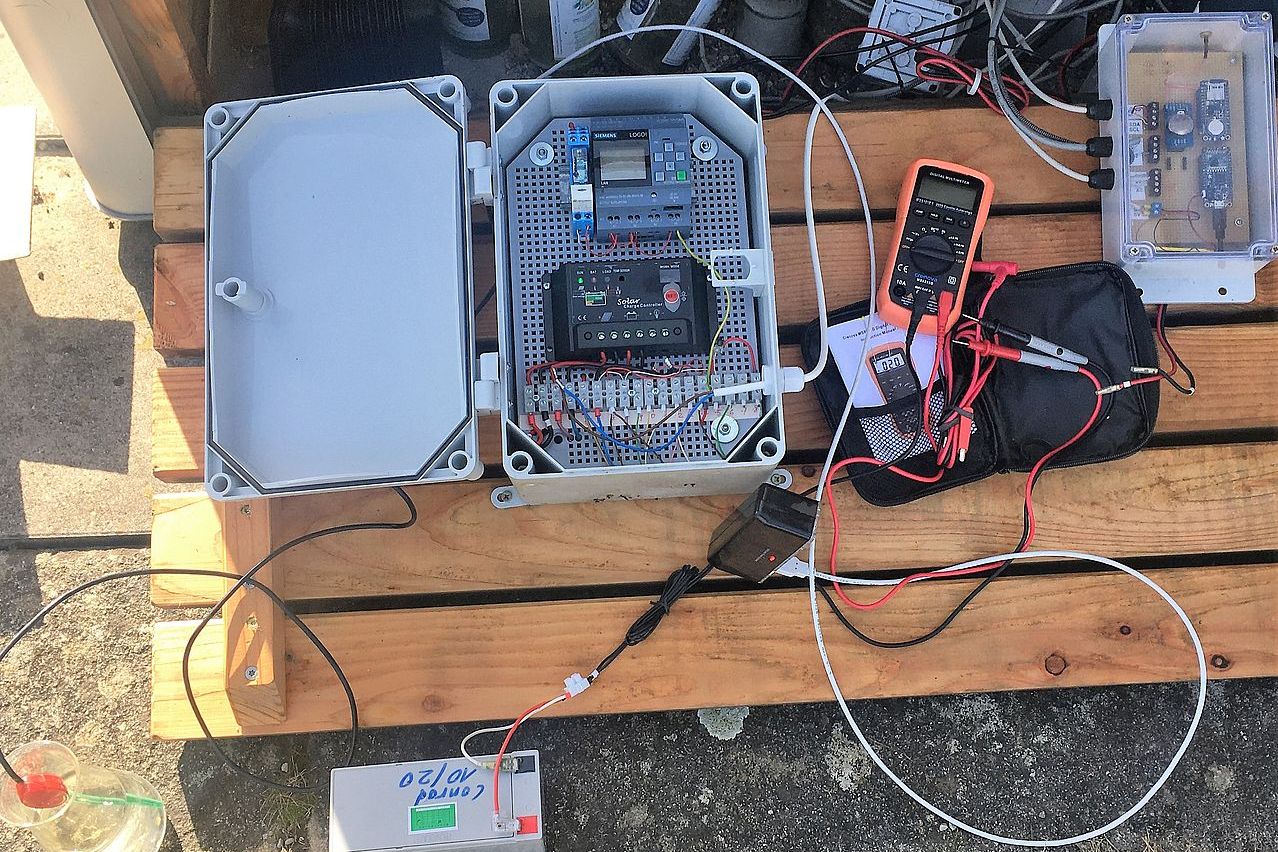
To get to know different possibilities in dealing with microprocessors, the trainee got this project.
The first stage was to generate a text on an 8 by 8x8 display.
Then the text should be able to be entered dynamically via Bluetooth.
Also a programming via Bluetooth should be done.
The next step was the implementation of a wlan interface to enter the texts.
During operation, there are always ideas for improvement, such as the alternating display of the time.
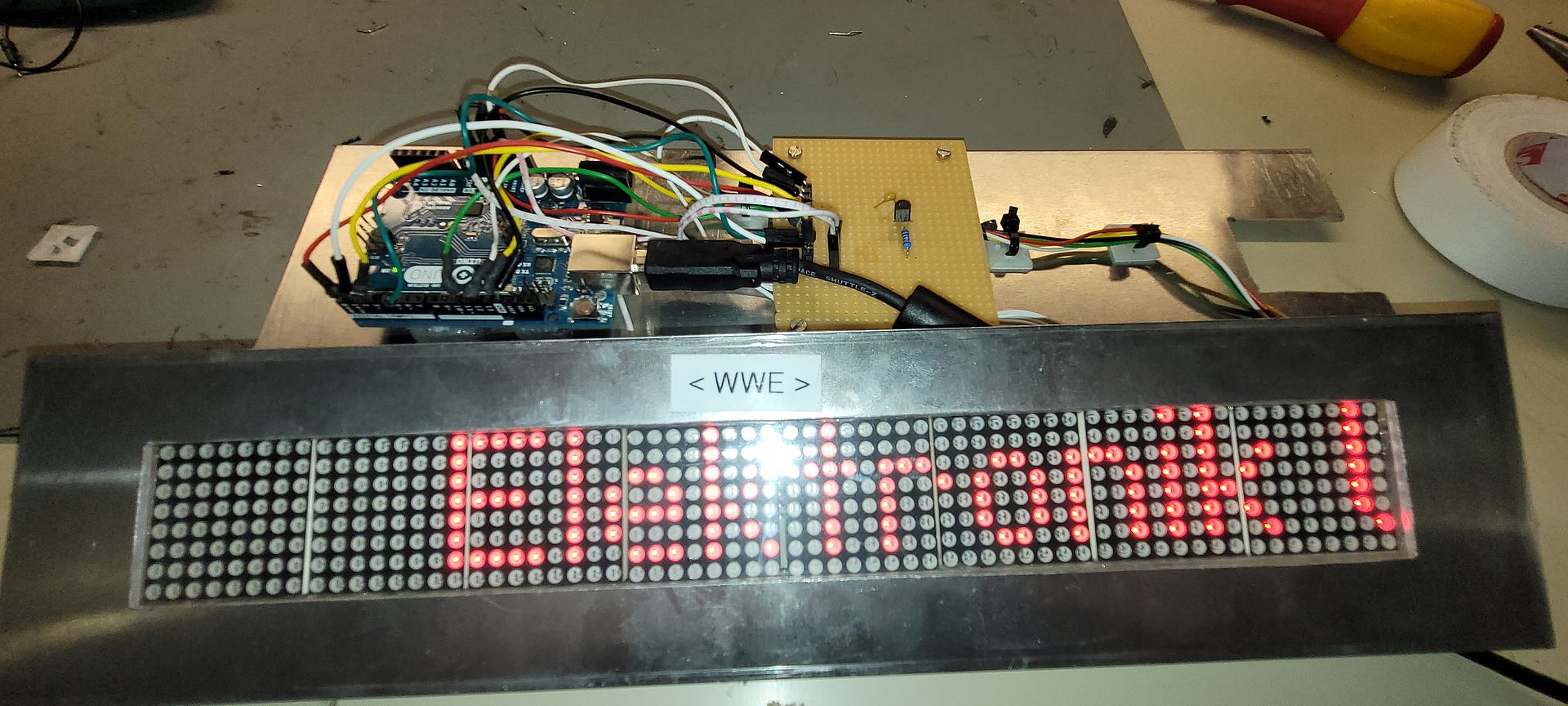
Often sensor signals are routed via a 4-20mA current loop. To test if the receiver works, this signal generator was built. It provides a "sensor signal" in a simple way and can simulate a short circuit as well as too high resistance. To exclude additional sources of error, the construction was kept very simple.
For various experiments (chemistry), substances must be irradiated with light of a certain wavelength. Depending on the experimental setup, special LED constructions are required for this. The light output can be adjusted.
In field tests by the Biolog:innen, "scent samples" are taken from an enclosed space around plants. To do this, a special pump is used to pump air through a filter over a longer period of time.
The first generation of these scent pumps suffered from the problem that the battery was always empty when it was needed. An additional low-voltage cutoff then protected the battery, but could not solve the actual problem and the poor energy efficiency.
The new fragrance pump now contains a microcontroller that handles intelligent battery management as well as time and power control. It is operated by means of a rotary encoder, and an Oled display is used for visualization. In addition, the device size has also been optimized.
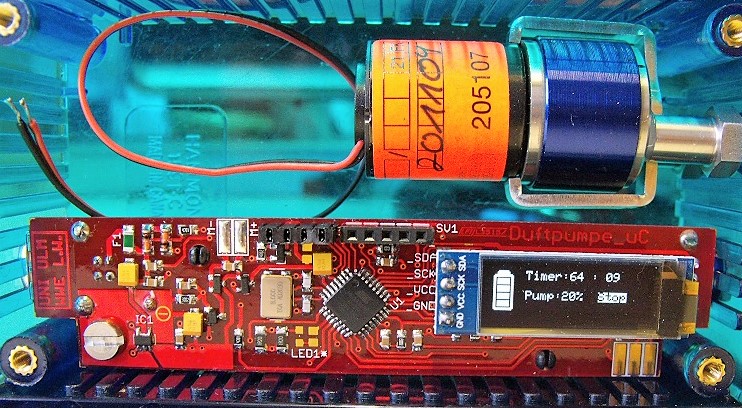
To be able to control several pumps for series experiments in biology, this device was built.
The pumps convey air from a closed system defined for analysis through a filter.
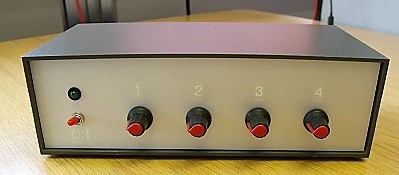
A current source is required for an experiment in the physics practical course. In order to carry out impedance measurements (conductivity of liquids), a constant current is to be modulated/pulsed at a specified frequency.
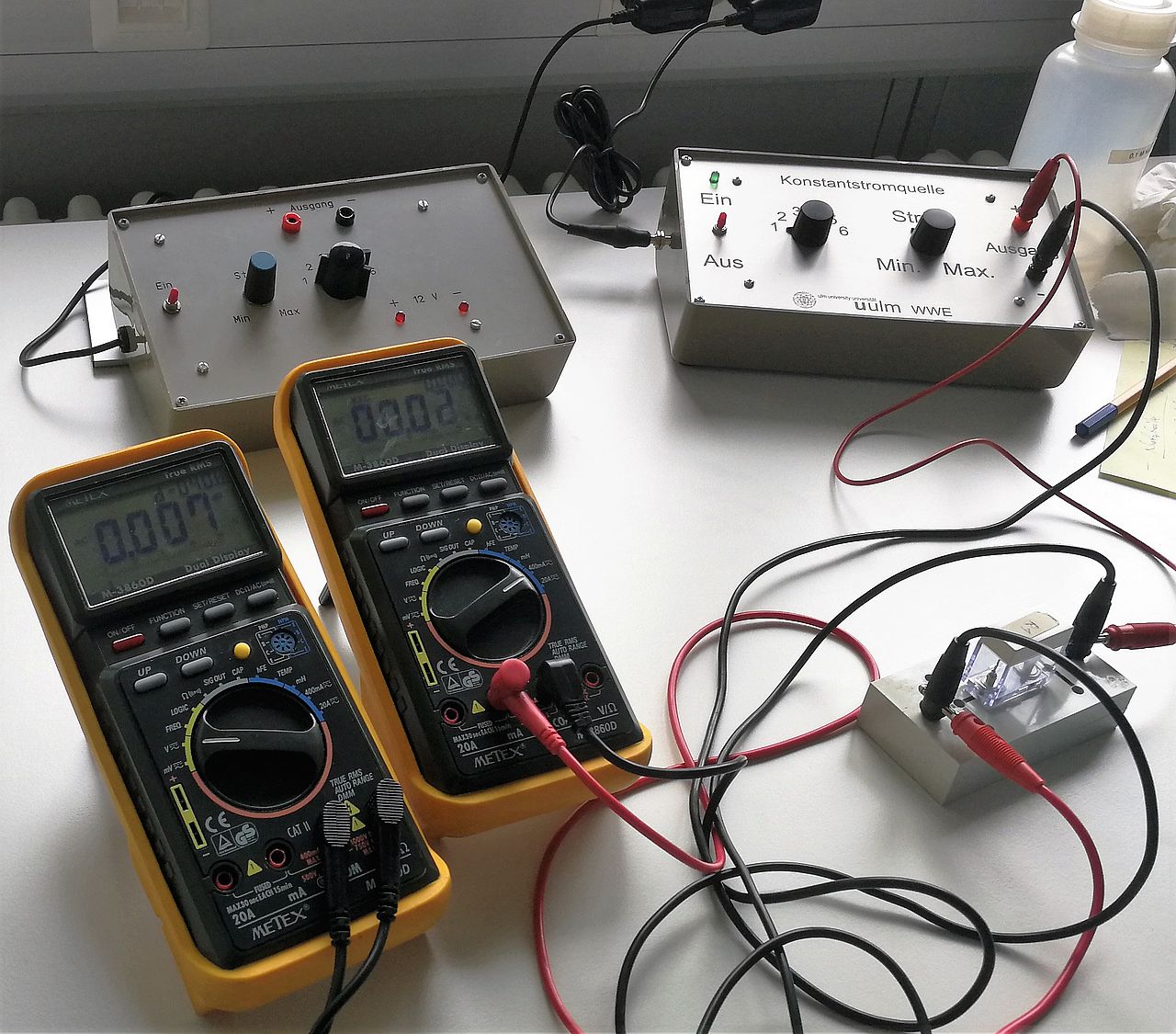
For an exhibition in Ulm on the subject of battery technology (exhibition Akku alle?!....), the Mechanical Workshop built an approx. 2.40m high display case in the form of a battery cell.
The lighting of the three "interior rooms", additional sockets in the floor and the colored base lighting can be switched on and off by remote control.
Power can be supplied both from below and from above.
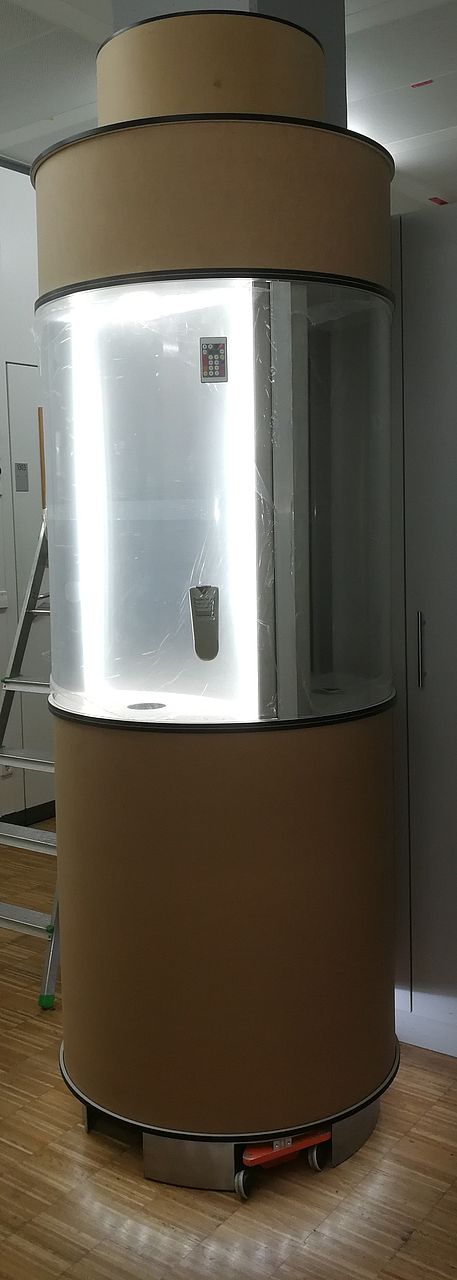
In order to analyze the reaction of different substances under the influence of light in chemistry, this irradiation device was built.
The Led (1W star, different specified wavelengths, red green, yellow, blue, UV) sits in the heat sink, the light is led out through a glass rod. This can be immersed directly into the liquid, so that the light can irradiate the chemical without further losses.
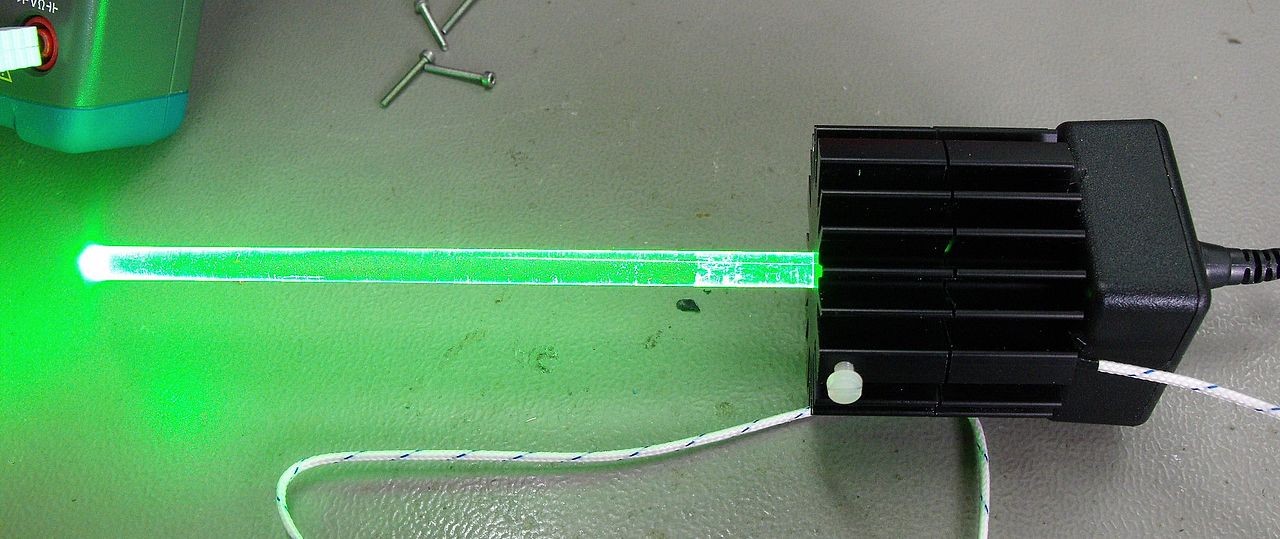
In order to be able to measure stress reactions in medical psychology, an ergonomically shaped foam ball (stress ball) was produced.
A pressure sensor is implemented in this ball, the output signal of which can be analyzed by the software.
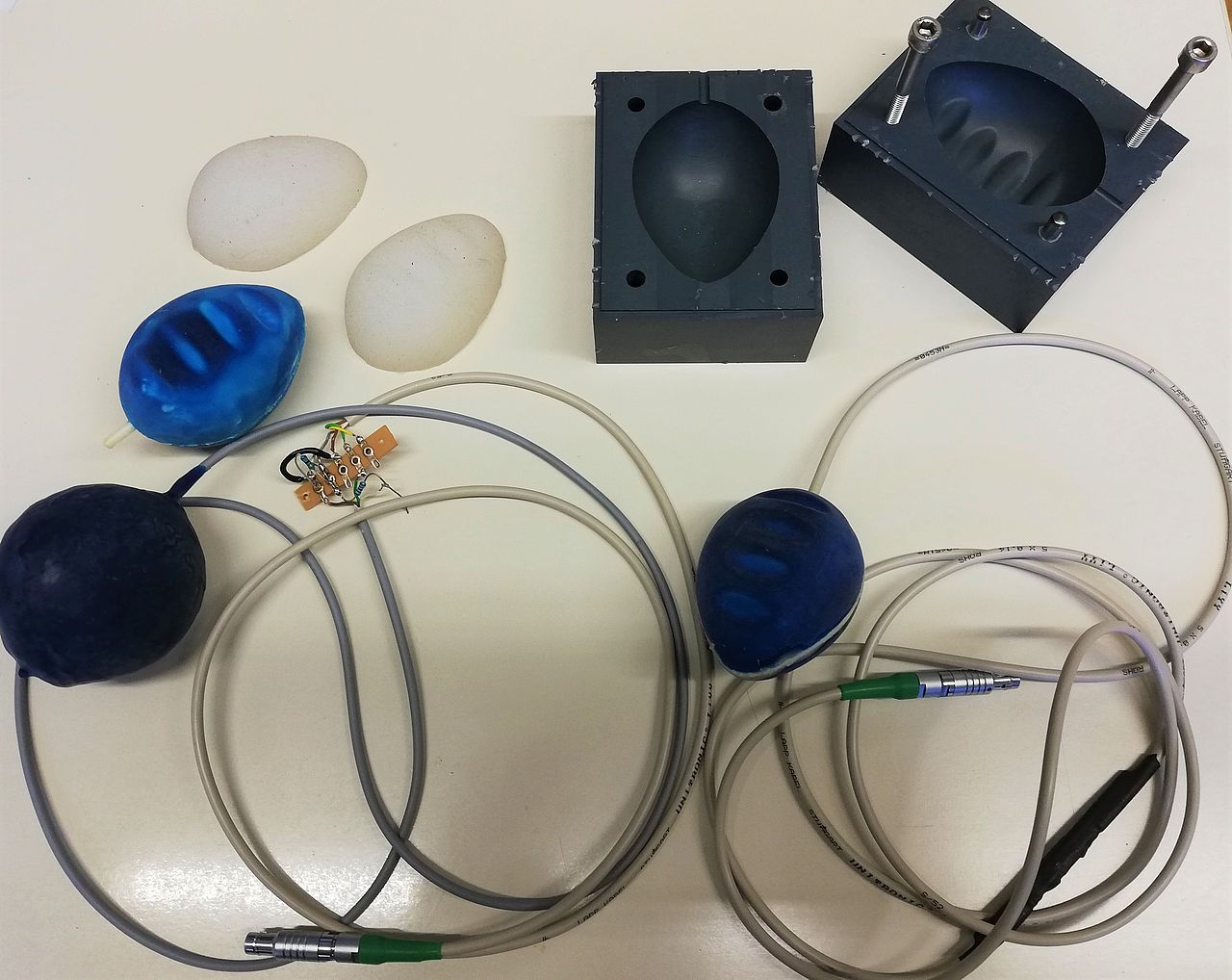
In both chemistry and biology, the reaction of various substances and cells under the influence of light is analyzed. For this purpose these light sticks were built.
To be flexible in production, common 5mm light emitting diodes are used. The wavelength is chosen according to the requirements (from IR light to red, yellow, orange, green, blue to UV light almost everything is possible).
Since the LEDs are operated at the upper limit of the permissible current and thus temperature in order to achieve the greatest possible light yield, the service life is limited and the light intensity decreases over time.
This disadvantage is offset by the uncomplicated handling and production.

In electrochemistry, very "pointed" tips are required for scanning tunneling microscopy (STM). These can be produced in different ways. One way is to etch a wire. The wire is dipped through a liquid membrane and current is passed through it. In the process, the wire atoms are "etched away" until, at the end, the lower part of the wire falls off due to its weight. In the process, the resulting tip becomes very pointed, ideally with an atom at the tip. However, this only works if the current flow is immediately interrupted when the wire is broken off.
The device offers the possibility to work with constant current as well as to experiment with pulses.
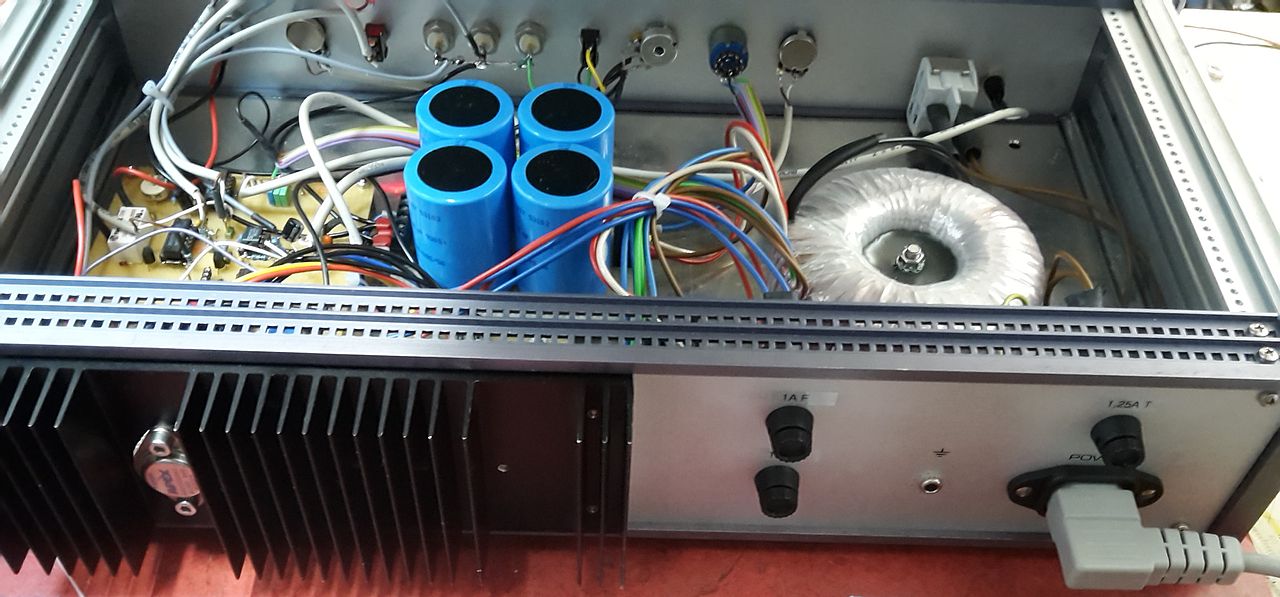
The aim of the order was to construct a circuit for generating different (trigger) signals with variable runtimes.

The aim of the project was to heat special metal tubes in a controlled manner to prevent condensation of the air flowing through them inside. Each tube is heated with approx. 6W.
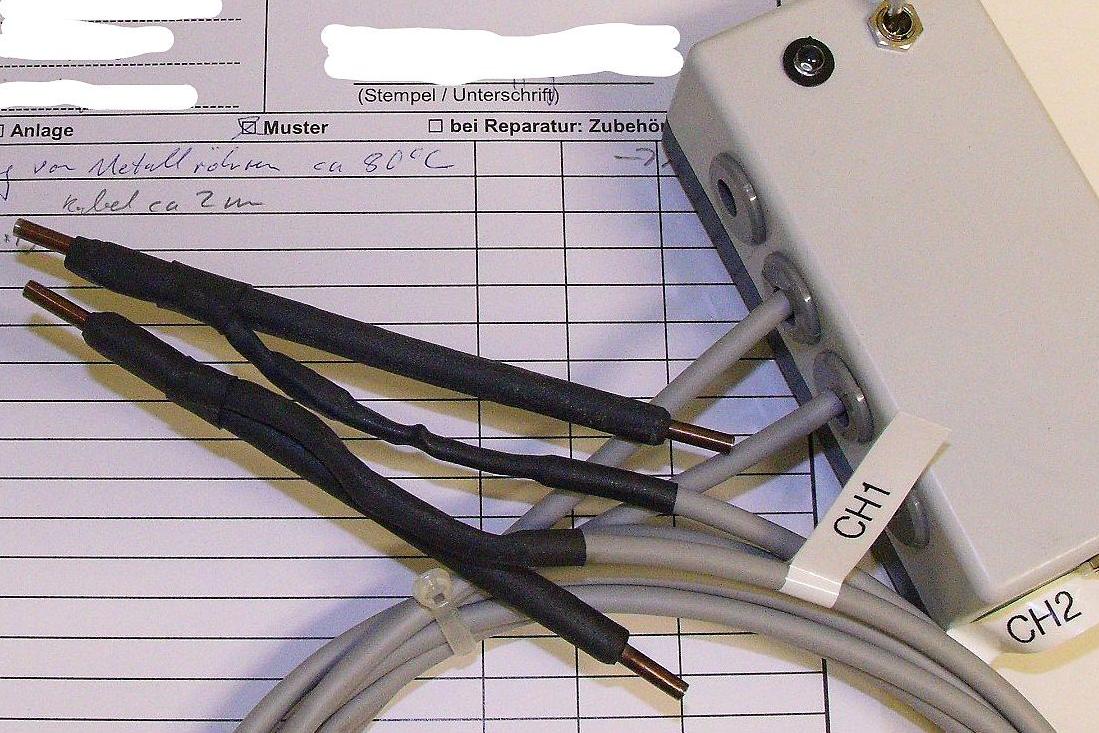
This is the control of an experimental setup in analytical chemistry.
Relays (for pumps, heating, max. 64 pcs.) are to be controlled time-dependently. The time programming is done either manually directly at the device or via USB interface.
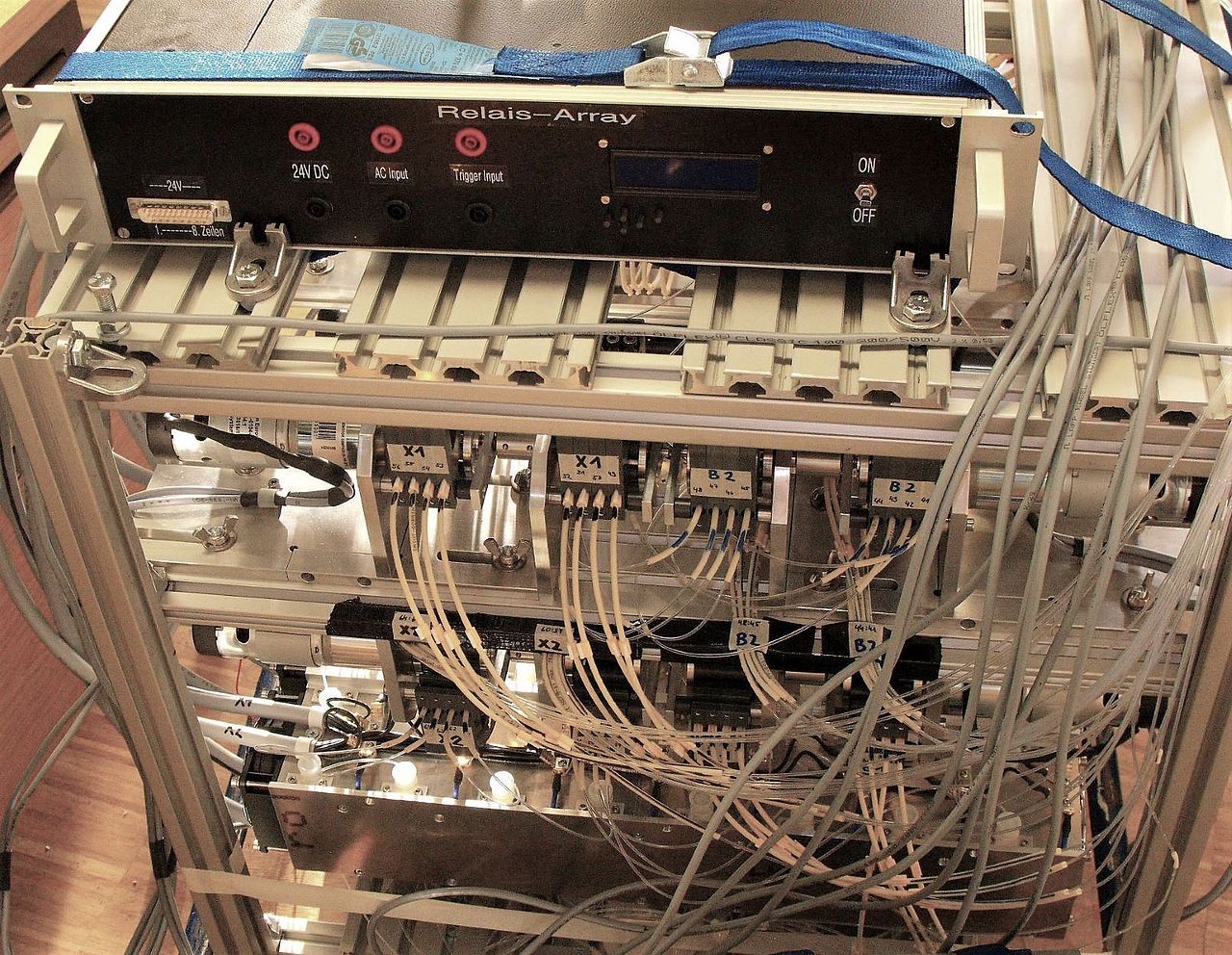
It is a controllable IR light band which is used in biology for plant growth experiments.
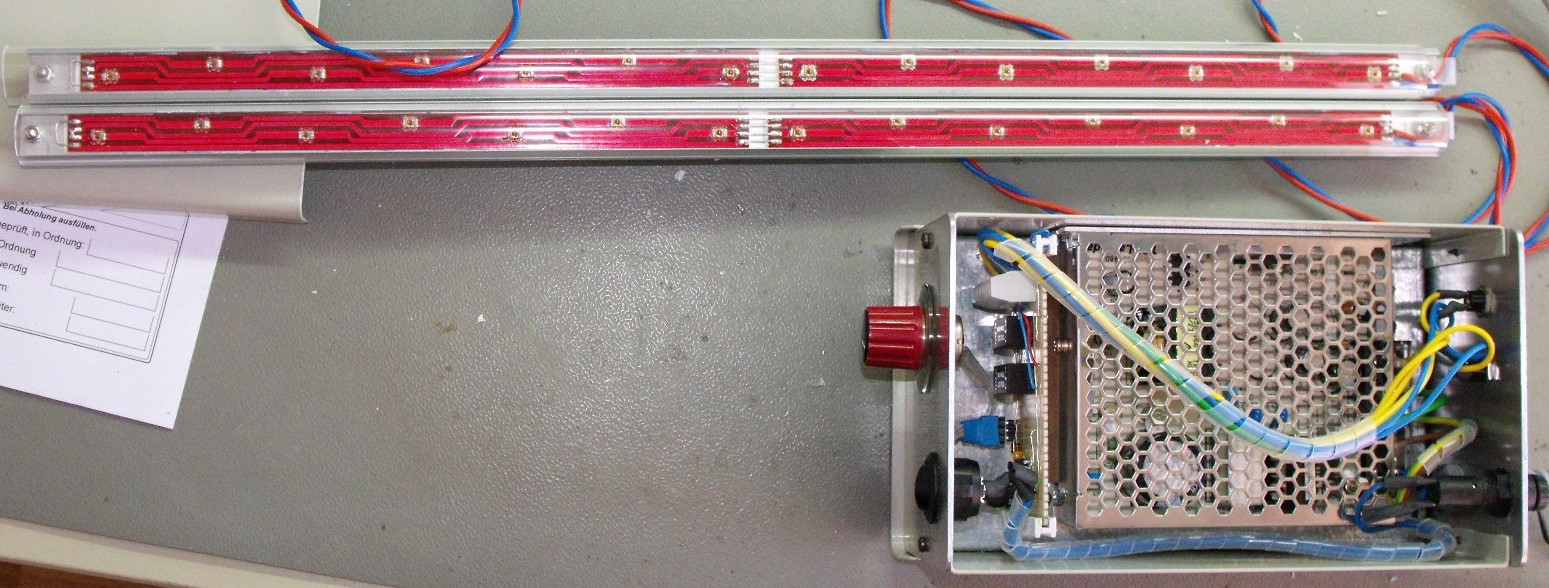
Development of an 8-channel isolation amplifier.
The galvanic isolation of 8 signals was required.

This project was about developing a training timer for sports medicine.
A transmitter/master is to control several receivers (8 pieces) time-synchronously. The receivers are distributed along the running track on a sports field and give the running speed to the athletes by means of optical and acoustic signals.
The devices must therefore be free-field capable, the data transmission is wireless and the devices are battery-powered.
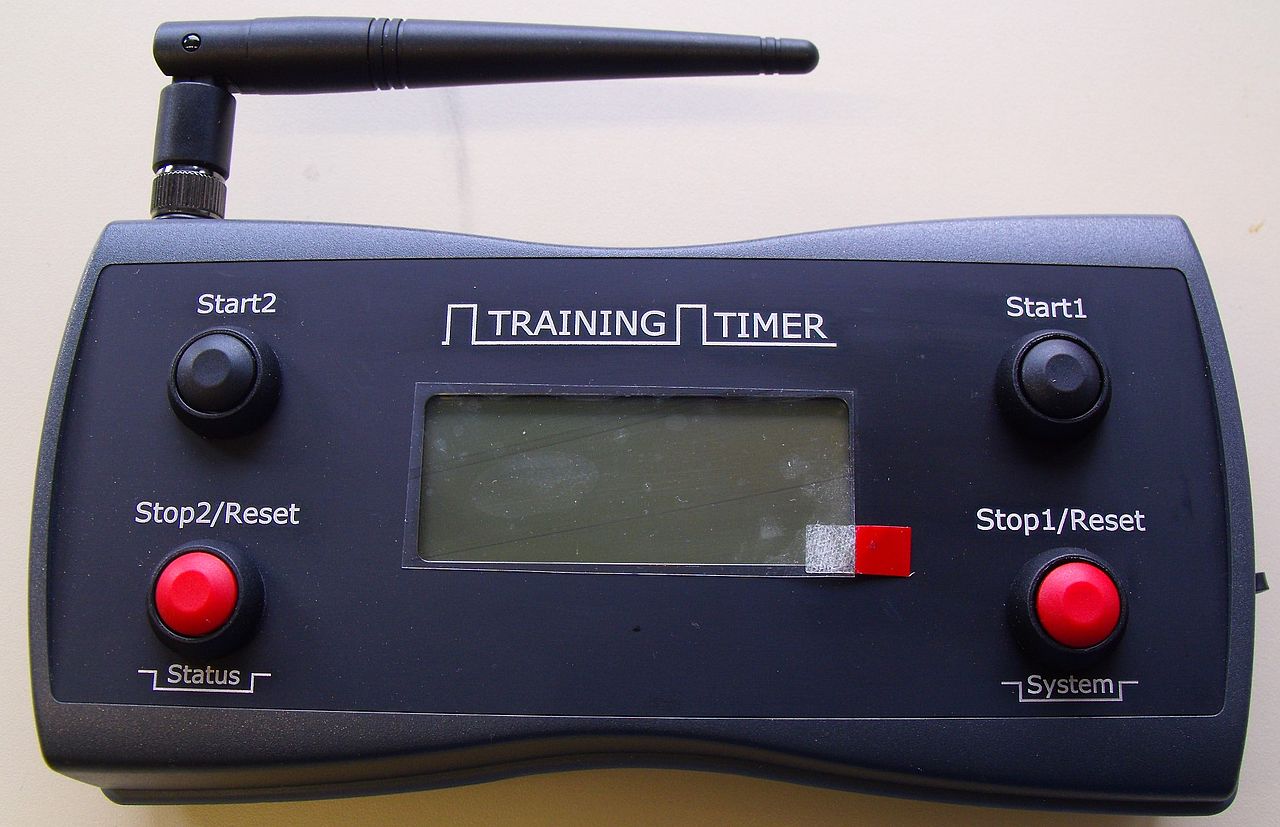
To complete the bioreactor (fermenter), a 4-channel heating controller is built (Senco modules are used).
To heat the vessels (max 45°C) heating foils are glued around the vessel. The heating process with a power of about 150W takes a while. A good insulation of the vessels is therefore necessary.
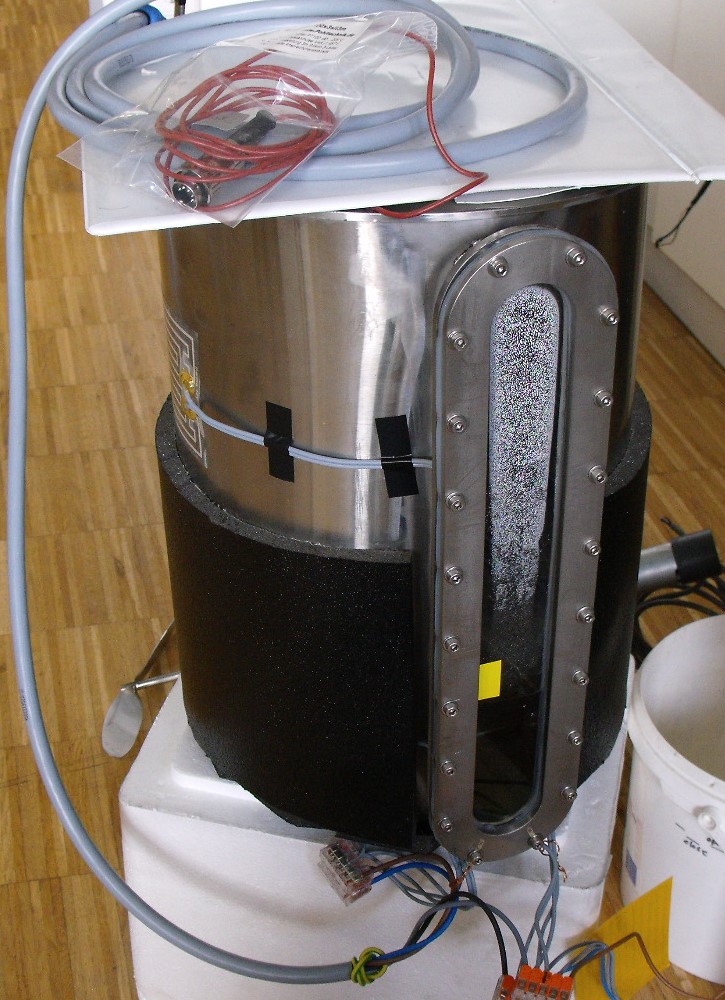
Construction of aeration units for bioreactors.
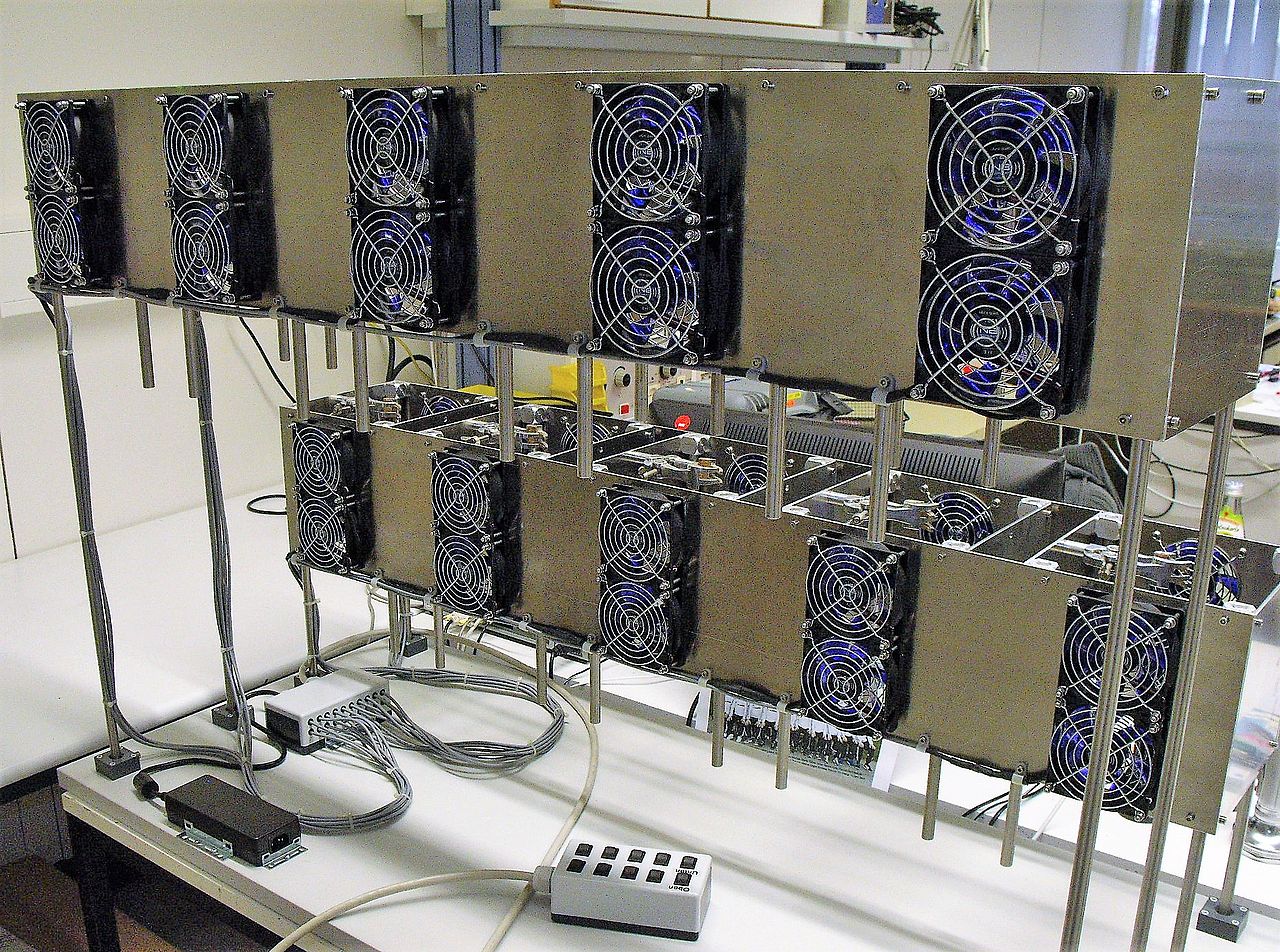
The assignment was to build a handy timer for measuring 4 different events.
Besides an intuitive operation, a long battery life was important.
While the old model was built with discrete counters, a microcontroller was now used.
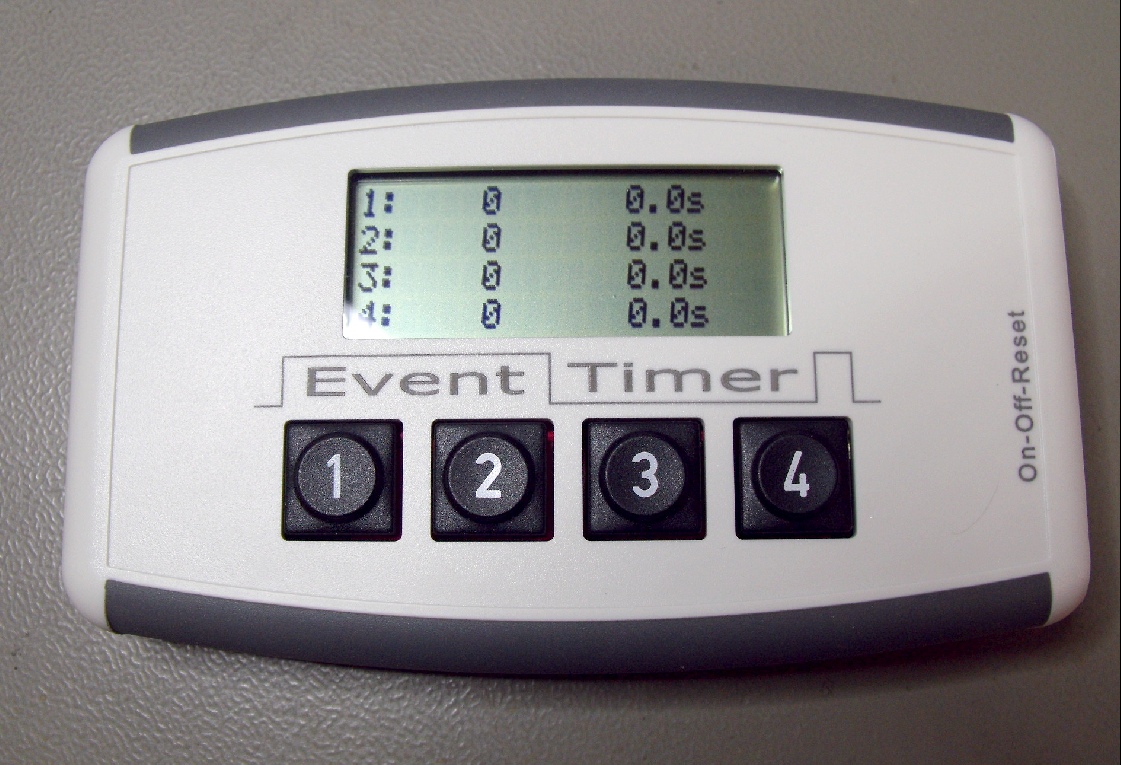
A control unit was developed for the melting process of a plastic granulate in a vacuum while simultaneously feeding a wire.
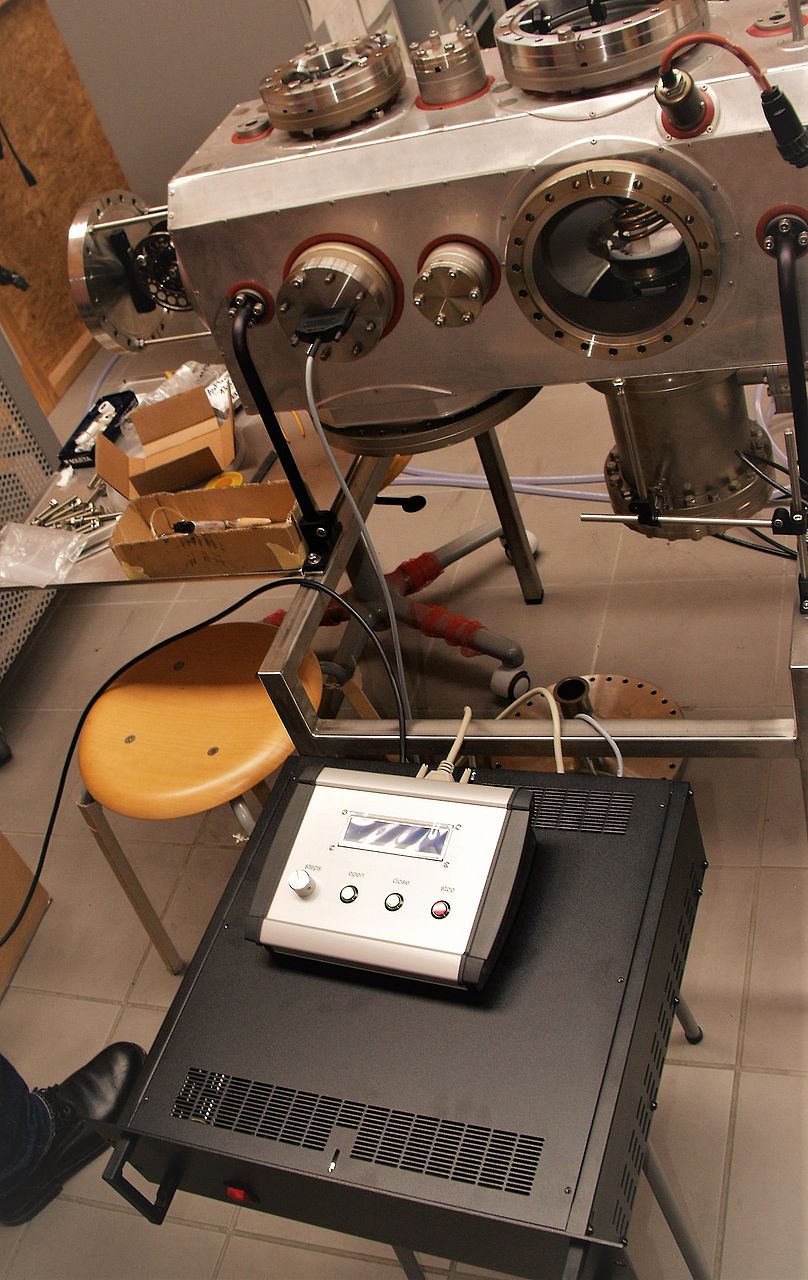
A weatherproof case was to be built for systematic botany.
Various measuring instruments are to be installed in it, some of which will have connections to the outside and will have to be operated when the case is closed.
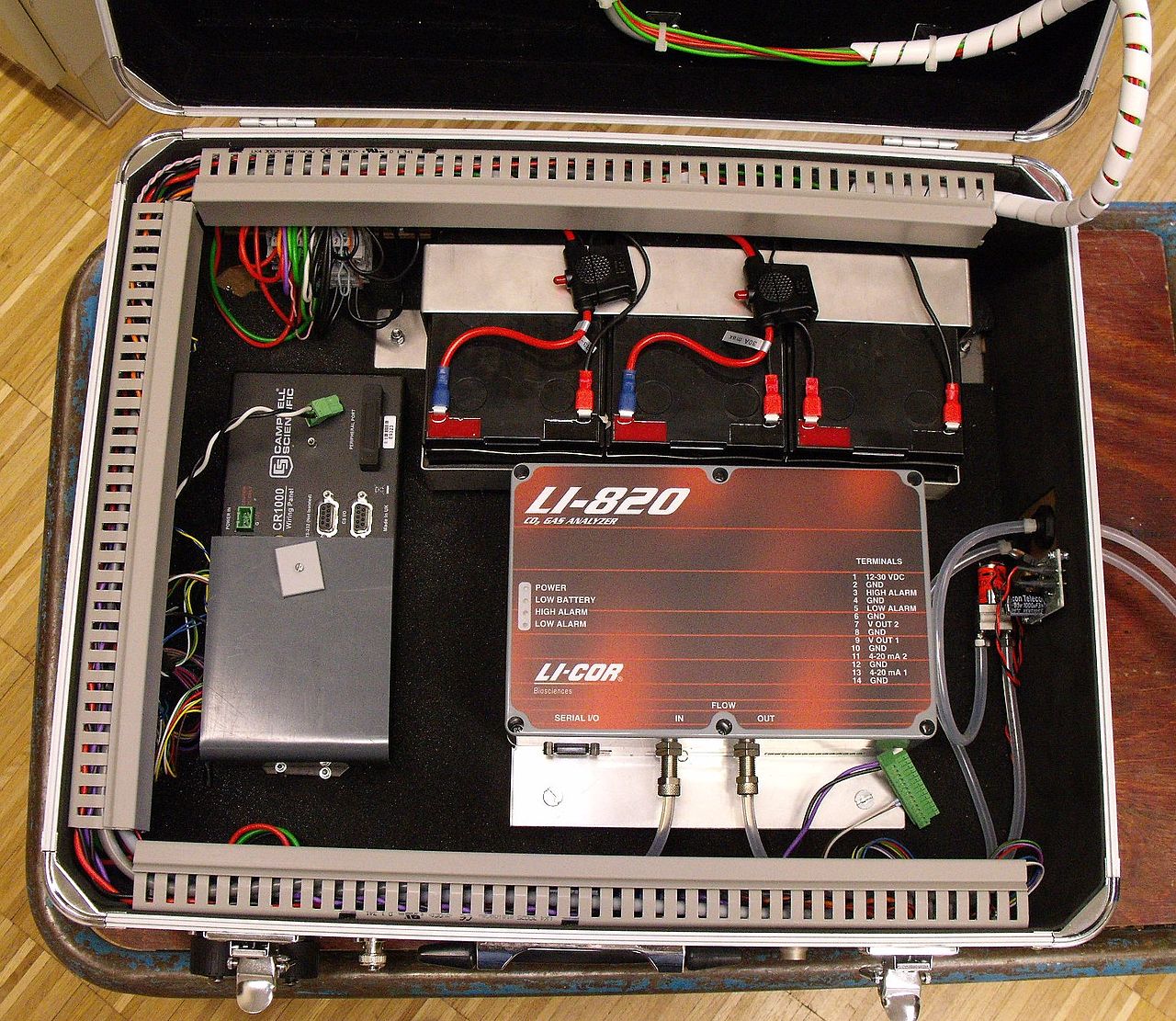
To be able to measure signals cleanly, the so-called "ground loop" must often be disconnected. Since many measuring devices are connected to the PC via USB, unwanted ground connections are inevitable.
To prevent this, we built a USB isolator (USB2), which transmits the bus signals potential-free.
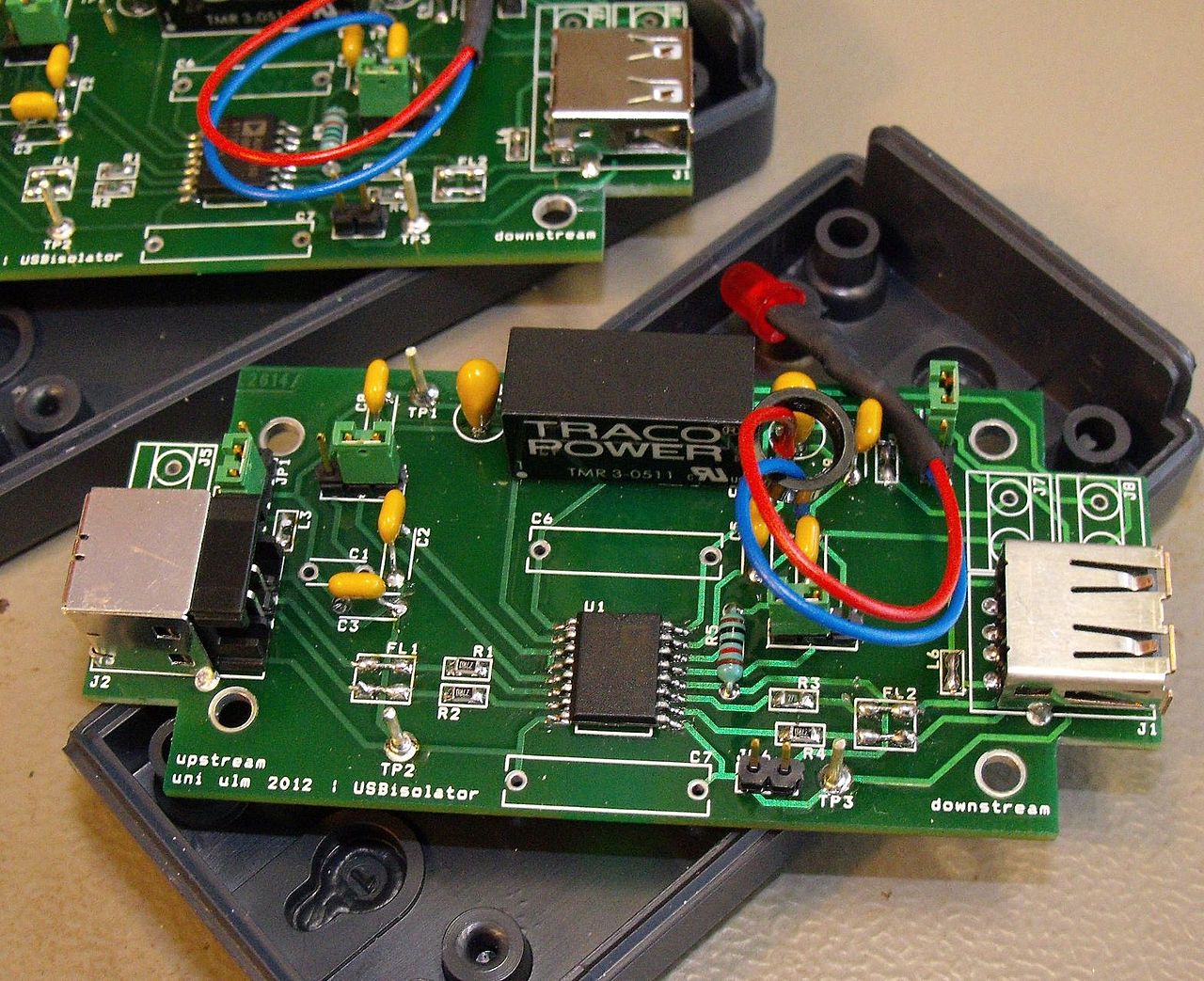
A longer project is the technical support of a biogas plant (fermenter).
A substrate is placed in an airtight stainless steel container (approx. 15l) and its fermentation process is observed.
For this purpose the mass is regularly stirred, not shaken.
In a first version the substrate is fed by a screw conveyor. Here, too, the screw is automatically timed.
In further stages of development, the tank is heated, temperature and pH are measured, and the feed is realized via a revolver plate.
Experience has shown that the aggressive environment is hard on the materials. For example, the stirrer motor must be replaced regularly.
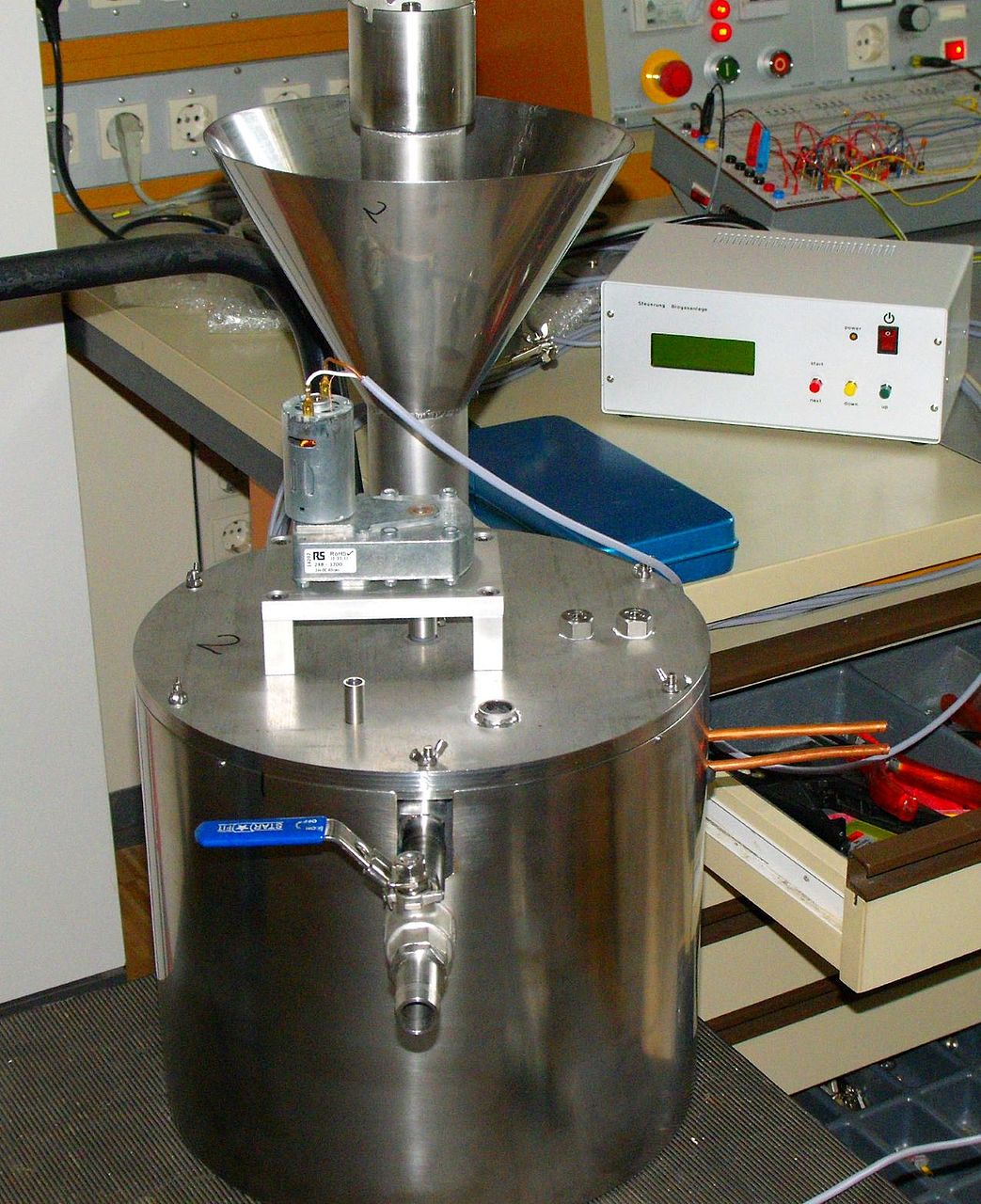
For tests on artificial tooth materials, the dental clinic requires a device with which the "third teeth" can be brushed in a reproducible manner.
WWF built the mechanics for several parallel cleaning units. The unit brushes at a frequency/speed specified on the control unit for a fixed number of cycles.
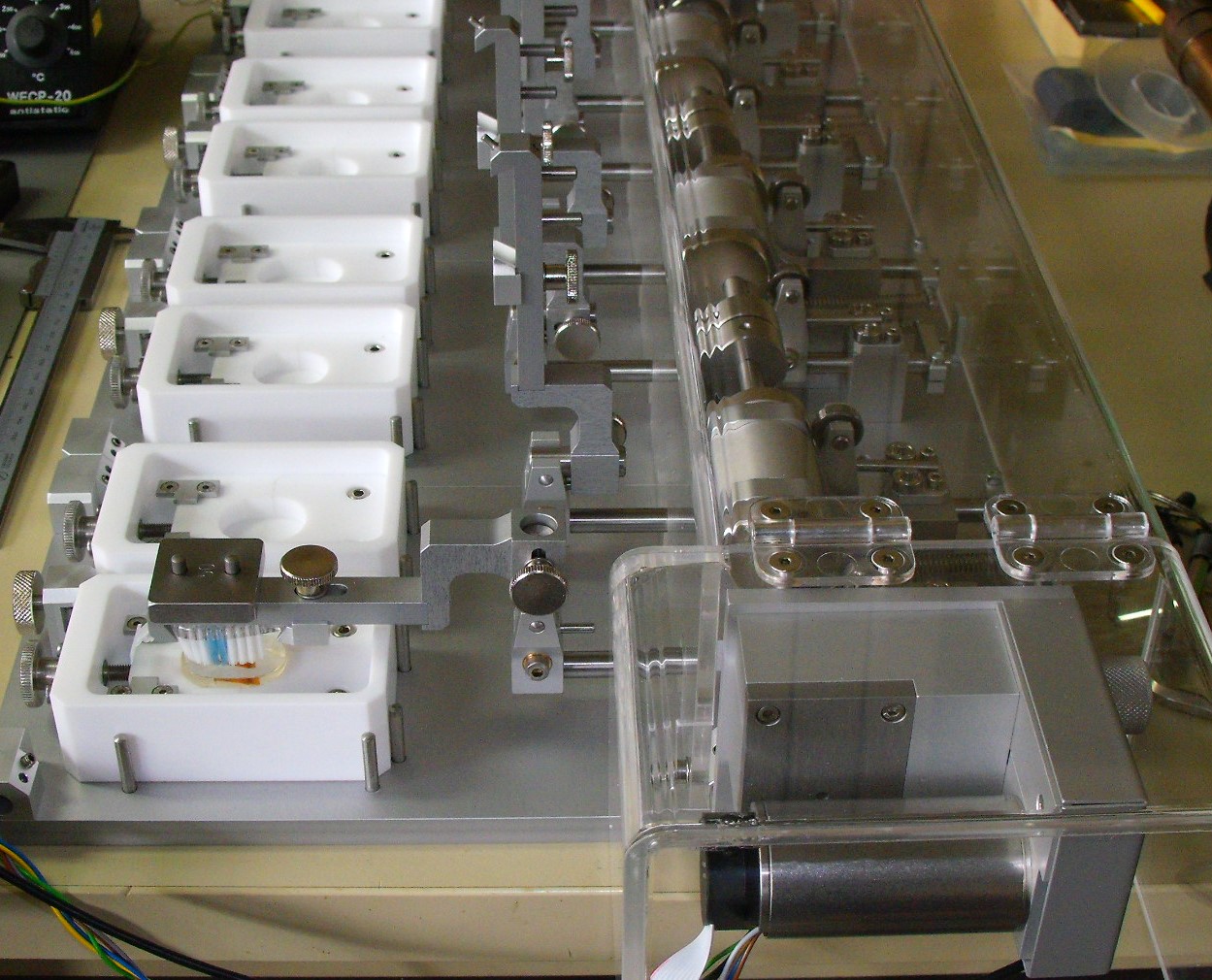
A "Led-iglu" was built for the Institute of Media Informatics. The aim is to record objects three-dimensionally with a camera. The camera moves around the object on a rail (diameter about 2m).
In addition, the object is illuminated from different directions with different colors.
For this purpose more than 120 light modules were equipped with 18 colored and one white led. The control was done via an I2C bus from the laptop. Since the control was time critical, a rudimentary serial protocol was used.
Equally critical and challenging was the design of the power supply.
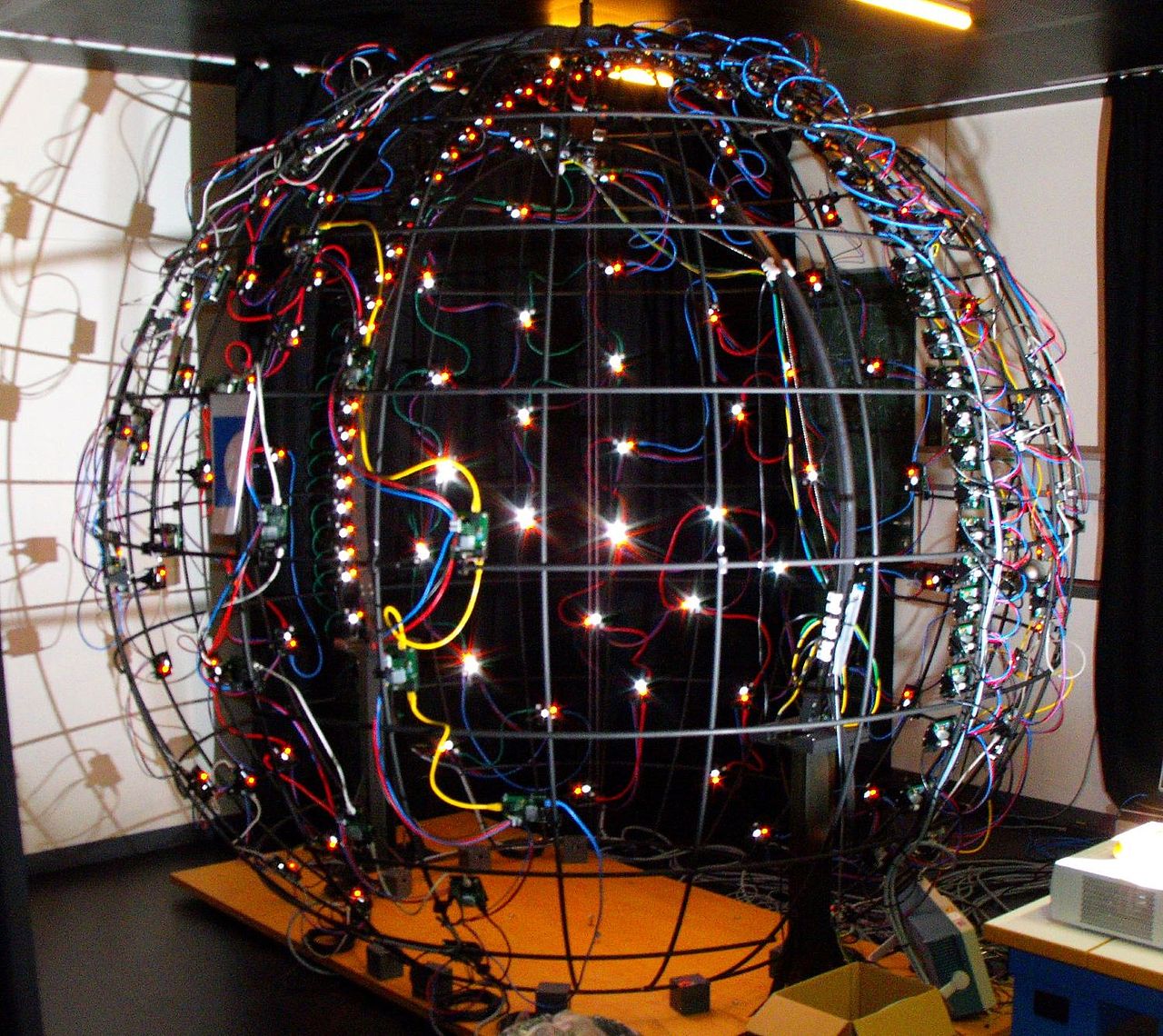
The physiology lab requires a device for student experiments with which the reaction time to optical, acoustic or both signals can be measured.
After a random waiting time between 0 and 30 seconds the signal appears, the reaction time is then shown in ms on the 7-segment display.
There is a master button and the subject button. Pressing the master button clears the display and restarts the process.
In the later new construction, the discrete structure was replaced by a microcontroller. This allows convenient programming of the test sequence.
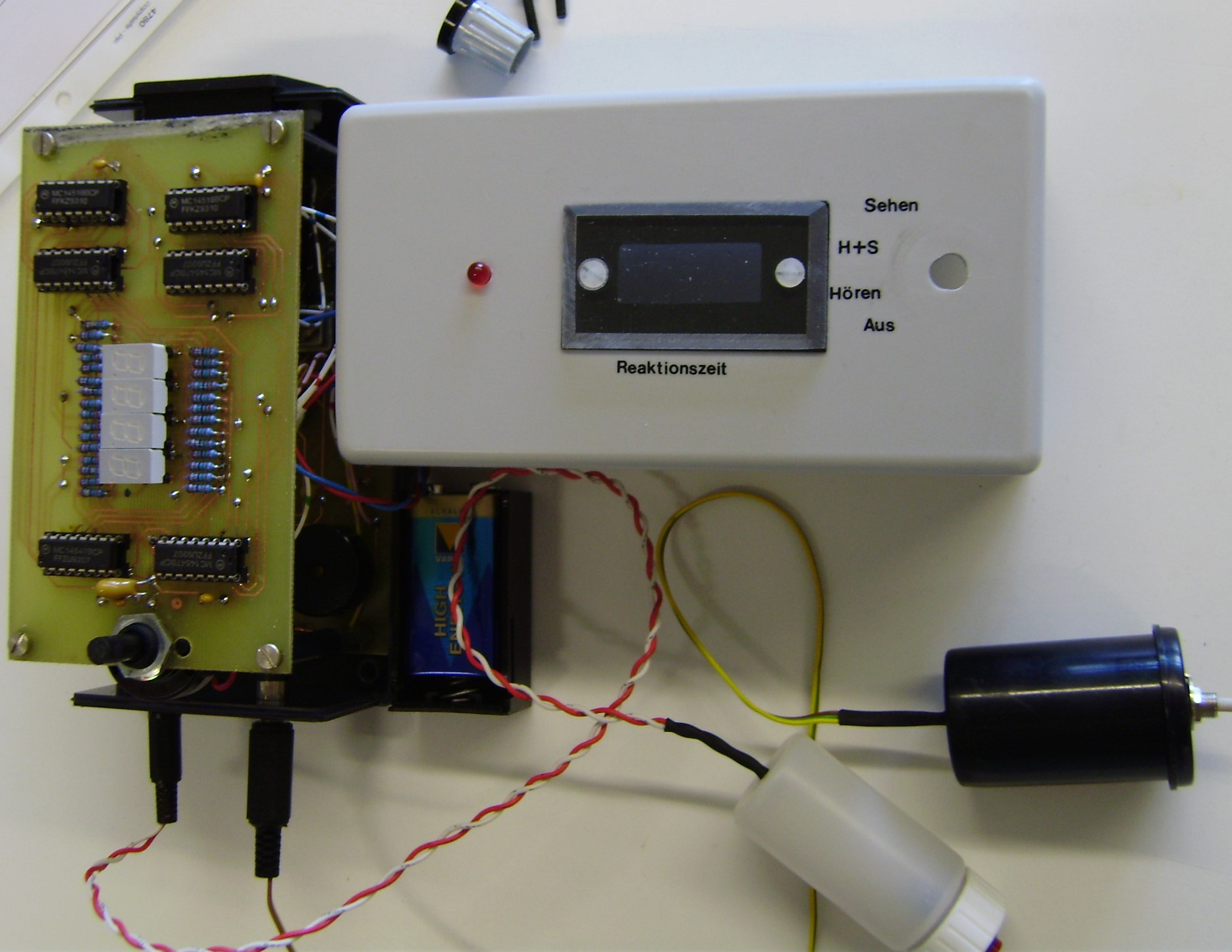
Electronics
Building O26, Level 1
Management:
Reinhard Liske
phone: +49 731 50-21700
Deputy:
Manfred Kley
phone: +49 731 50-21714
ServicePoint / Warehouse:
Dominik Gaeta
phone: +49 731 50-21713